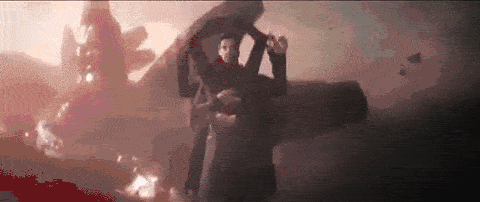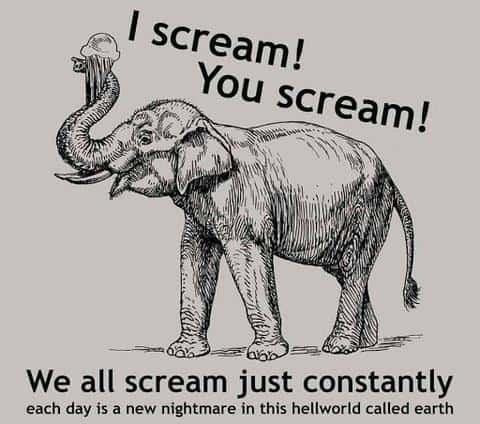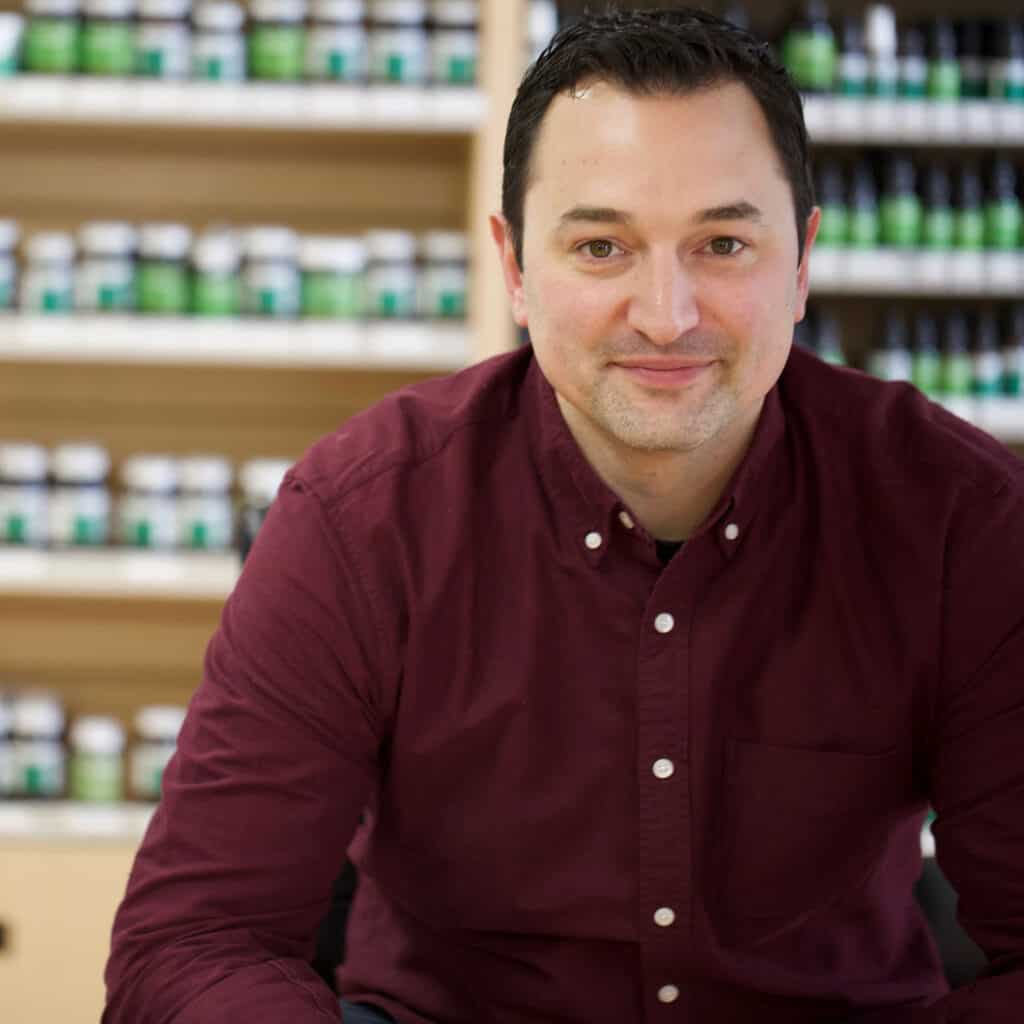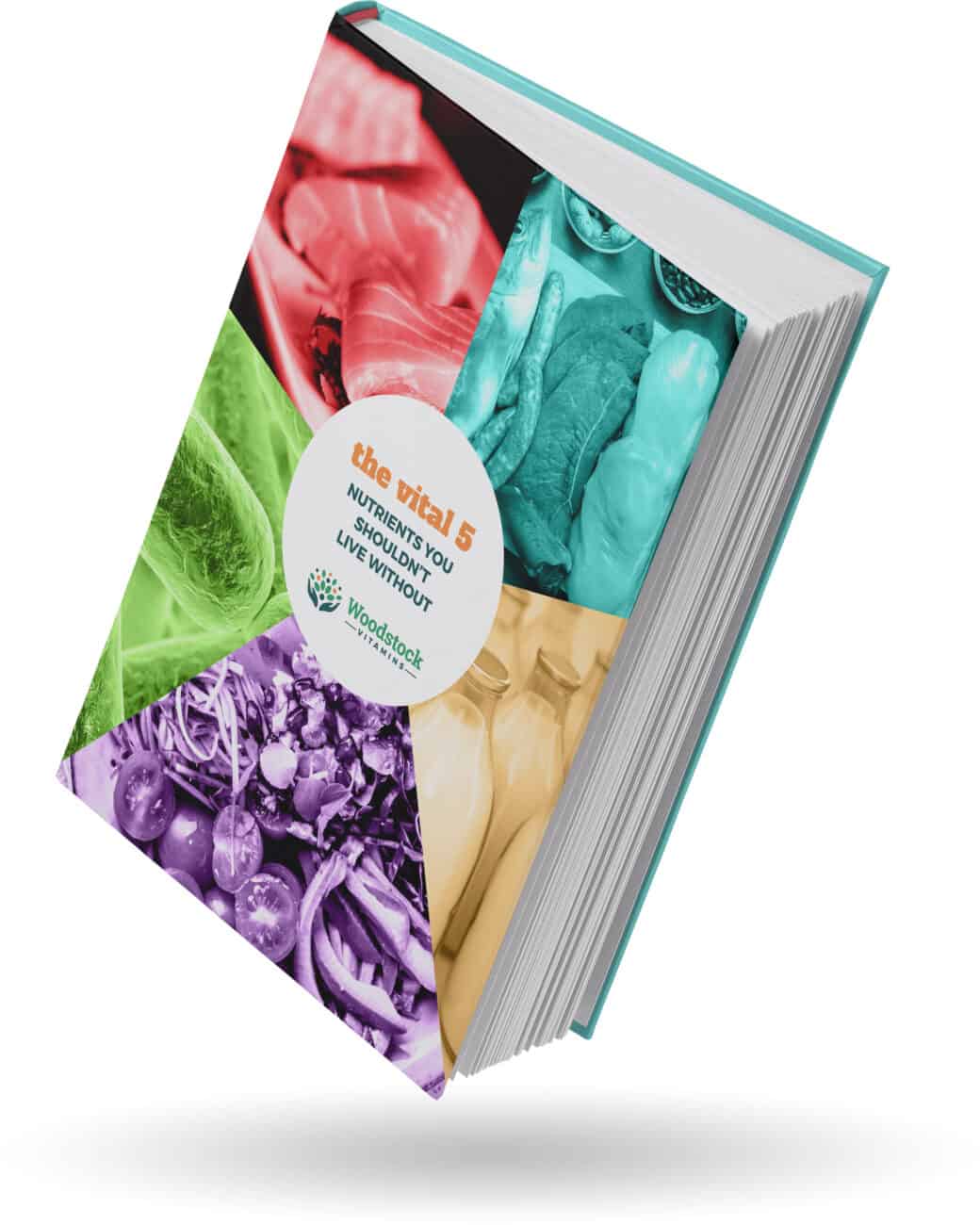Recently, I gave practical advice on how to address any obstacles in returning to “normal.” In that discussion, we’re saying that we have to still consider everyone out there high risk or direct carriers. You know, they’re Zombies!
This week I’d like to give Part 2 of the conversation, which ignores venturing out into retail settings and focuses on how we can start to socialize a bit again.
The problem is that we don’t want to socialize with high risk people. We’ll help with that today!
IMPORTANT DISCLAIMER! This article gives a formula for how you can figure out if you SHOULD hang out socially with someone. The RULES STILL NEED TO BE FOLLOWED (masks, distance), especially as the world opens up and our COVID carrier status becomes a question again.
Confession: I’ve been socializing maskless for weeks now. GASP!
No, I’m not Harry Hypocrite. I am a Big Mouth, and I was one of the first to use my big mouth to spread the strongest message: stay home, mask up, and stop the supplement and misinformation madness.
That message needed to stay concise and often-repeated to buy us all time.
After we saw our efforts were actually working, the behind-the-scenes conversation shifted. How can we get back to normal without a vaccine? The droplet data, mask science, and more insight into the disease itself helped us be more confident that we can venture out and be OK, as long as rules are followed and caution is exhibited.
I didn’t break any rules. I just didn’t give you all of them upfront.
Let me explain a bit more…
For the past 100 weeks, or however freakin’ long we’ve been doing this, none of the Village Apothecary crew has been in masks. About 5 weeks back, I started visiting weekly with my in-laws (and yes, I wanted to actually do this) by getting take-out and eating outside on our deck. Now, we even have campfires with friends.
“That sure sounds like you were breaking all the rules.” Bear with me here…
On or about March 11th, when the whistles started to blow, we had no idea who had what. Us locking the doors and staying put prevented new people from getting sick while allowing the disease to run its course. If you sat tight with minimal contact, you could be confident you didn’t have COVID.
We venture out a little bit, going grocery shopping only if absolutely necessary. About 3-4 cycles of living in this smaller world later, we can be fairly confident in our COVID status.
This didn’t mean the virus isn’t around or isn’t a threat. It just means that you are a Low-Risk individual.
At the Apothecary, we bottled ourselves up. No outside contact. We treated everyone like Zombies. I only allowed those who were hermits in their social life to continue to work. We knew what everyone was doing, and they had the unfortunate pleasure of listening to me go on and on about this, citing statistics and the newest insight.
We minimized the variables, reduced exposure to those with questionable infection status, and followed the rules when needed to refresh the toilet paper supply.
We were aggressively contact tracing, if you will. This gave us confidence and allowed us to only wear masks when dealing with the public at the door.
After enough time passed, I realized I could hang with my in-laws. They were cooped up in their house for 7 weeks. Erin’s dad was cleaning the back side of the light switch covers out of a mix of boredom and caution. He was having cleaning products and supplies shipped to us to ensure we were good. I think he figured out how to sweat hand sanitizer. They were the lowest risk people I knew, next to us.
We had a number of friends who were in the same situation as us. Quarantined in place. Work from home if they had to. In one family, the executive had to go on-site, but created a control program that impressed my over-the-top-cautious personality, and kept in his office away from people 90% of his time on site.
We were all exceptionally low risk for being carriers.
Understanding how this disease worked and spread plus understanding the variables that increase the risk of transmission allowed me to start with by the book, distant, quick visits, to something that almost feels normal.
Since we are younger, we knew we were not high risk of complications from the virus (we’re under 65). We looked for those who were also in that same scenario PLUS were low risk of being carriers.
This next phase is about minimizing your risks. It’s about being smart. What is YOUR risk of serious disease if you catch COVID? What is the risk of exposure to those you want to socialize with?
Minimizing risks requires diligence and resolve. It requires being cool with nuance. I had all that, as did many others, and we’ve all been doing it for long enough to know that, with caution, we can move from the strict messaging (stay home!) to the more grey areas (mingle, but wear a mask!).
It’s not more art than science, but strong personal judgment needs to come into play. Today, I hope to teach you a math formula that will help you socialize a bit more during this phase of COVID.
First, a disclaimer…
COVID is a Bigger Mess Than 2 Weeks Ago
In Part 1, we started with this same sentiment: COVID is bad, it’s not going anywhere, and in fact we know this thing is going to start moving amongst us as we venture out. We could say a “second wave” is coming but the first one never really passed.
There’s a new factor that’s emerged to make this statement of caution more urgent: racism.
Since a segment of the population judges someone’s worth based on their skin’s melanin content and are seemingly cool with systems of oppression and injustice around that, we’ve had some wide-scale, national protests.
Despite widespread mask use in many of the photos and videos of protests that I watched, these noble folk were inside of the cherished 6 feet COVID bubbles while also shouting frequently. No mask will overcome those risks.
If you protested, thank you. I’m sad and sorry we still have to shout about this stuff.
We needed you to take to the streets, and you bravely did despite the risks to your health. We still need you. We need you to persist. Keep going, stay safe, but we have one more big ask of you: can you try to avoid non-protestors for 2 weeks? Please and thanks.
Cause this is what COVID did while you all were doing your American Duty:

Anyone who has protested should self-quarantine for 2 weeks. If you didn’t take to the streets in support, you should avoid people who have protested or those who have been around people who have protested. Thank them via video chat, but support them in person when this is over. Unfortunately, now they are much higher risk of spreading COVID.
Caution was needed before the protests and it’s needed doubly so now.
Who is Low Risk?
Since this is my dreamt-up model that uses a fake math formula and not something scientific, I have to define High Risk and Low Risk.
Protestors and those in direct contact with protestors fit into that High Risk bin, for example.
Before we discuss Low Risk, we should talk about No Risk.
No Risk, to me, is someone who has taken all of this very seriously. They’ve quarantined at home. If they venture out, they’re quick, masked, and scrub down on return. Their circle is small and safe, basically limited to the people they live with, and those people are also no risk (or maybe very low risk).
My wife and kids, if I weren’t around, are No Risk.
Me? I’m Low Risk. Since I like being in my house, my family is now upgraded to Low Risk.
Low Risk are those who have to be around others, but enough time has passed where they know they don’t have an active infection, and they use aggressive prevention procedures when they’re out or at work.
What Makes Someone High Risk?
If you pick apart what I discussed in the last two sections, you’ll see there are a few variables that are in play:
- the number of people you are exposed to
- their compliance with the recommendations
- the intensity of the exposure.
High risk people, then, are at the other end of the spectrum from No or Low Risk peeps. They are around infected or those who could be infected. They’re Mask Patriots, and won’t wear that cotton emblem of oppression! They are essential workers, mixing with a boatload of people in the public, in a building with old-school ventilation.
The Multipliers
There are a few things that make someone extremely high risk. We call those “multipliers.”
- Medical Professionals – If someone is a hospital, doctor’s office, dental office, or other employee that has to get into close contact with sicker patients, OR their job requires them to get exposed to high levels of droplets, you have an Ultra High Risk Patient on your hands
- Promiscuous Low Riskers – If low risk people ‘get around,’ meaning they would normally be low risk, but they’re hanging with lots of different other low risk groups. The sheer volume amplifies the risk because there is a higher risk of exposure with all the potential contact points
- Protestors – Thank goodness for them, but because of the protests we have LOTS of people with unknown status
The Formula for Reopening Your Lives
Here’s the money shot:
Risk = Number of People x Proximity x Frequency
(x 5 for Multipliers)
If you associate with more people, get too close, and hang out in these risk environments for too long, you’re high risk.
Let’s go through a few examples so you can see how it works and I’m not just saying all this because I hit my head:
- I’m a grocery store employee! Well, I’m with a bajillion hoarders buying flour out so Neal can’t have cookies, inside 6′ quite often, and it’s pretty much all day every day. I’m high risk!
- I’m a business guy, but I mask up, have aggressive temperature monitoring, mask compliance, handwashing, and distancing policies AND I personally never go within 6′ of people. Lots of people, we keep our distance, and I only am around them transiently. Lower risk.
- I work at Dr. Neal’s pharmacy! The only people that come to work are those who are hermits in their personal lives, plus we’ve all pinky promised to keep our contact with others limited, plus we listen to Neal going on and on about what should and shouldn’t be done. We could be considered “high risk”, but we’ve essentially quarantined together.
- I’m a no/low risk person and I’ve been visiting with a bunch of other low/no risk people, but we don’t communicate or properly contact trace. We’re now no longer low or no risk. We’re high risk!
Keep Your Clique Tight
If you do expand your social circle, do it in small moves. Keep your variables consistent.
Start with no more than 2 confirmed low-risk people (or households) per week. We’ve kept our circle to 4 regular, nearly-No Riskers whose status hasn’t changed.
If you’re going to mingle with someone who could be considered high risk, then you should hang with just them and vice-versa.
A WARNING: The situation is more dynamic than it was a few weeks ago. Since most of the country is opening up, we’re going to be mixing and our infection status will be thrown into question again.
In my house, we’ll be dialing it back a little bit. Before, we were confident but now we can’t be. We’ll limit our proximity and frequency, if we don’t eliminate certain friends completely for now.
It’s all about risk management. Don’t get attached!
The Rules Still Apply
The formula tells you whether or not you should hang out with someone. If you do, the rules still apply.
You have to wear a mask. You should try to stay outdoors to prevent the respiratory droplets from concentrating in one space.
You have to wash your hands. If you need to cough, do so in a hygienic manner, like coughing into your elbow.
You have to keep your distance. The mask only works if you’re at least 6 feet away.
I’m going to suggest one more rule of engagement for social mingling: BYOB.
Bring your own drinks, food, and utensils. Don’t share utensils, plates, or cups. No breaking bread right yet.
If you do need to eat, it’s probably best to order take out and have the lowest risk person dish out the goods after a thorough cleaning.
If you have to use the bathroom inside someone’s house, wash your hands. You don’t need to wait for an employee to do it for you:

If someone uses your bathroom or touches shared surfaces like doorknobs, clean thoroughly after they leave.
As the world opens up, our COVID status comes into question again, so we must be EXTREMELY careful over the next few weeks. In our house, we’re dialing back socializing to just the in-laws for 10-14 days, if our friends are Low Risk or not.
Communicate Openly and Honestly
Math stinks. The formula isn’t really helpful if you aren’t having adult conversations with the people you want to expand your bubble with.
You have to know where people stand, and that takes a little sniffing around to figure this out. Just no sniffing like dogs when they meet.
Questions to ask:
- What’s your situation at work? What kind of precautions does your job have?
- Does anyone else in the house have to venture out?
- What do you guys do about errands and groceries?
- How many people do you come in contact with daily?
- Do you see the same people, like coworkers or family, or are they mostly strangers?
- Are the people you come in contact behaving, not behaving, or unknown?
- How close do you have to get to those people?
- How often are they exposed to those people?
It’s Getting Better

I am feeling a bit better… about COVID, that is, not unchecked police brutality, overt racism, and rioting.
It’s been a long, long year. Heck, it’s almost Christmas! The sacrifice we made bought us valuable time. Like Santa, It has brought us some gifts.
We know our ‘enemy’ better than we did in February. New drugs are being tried with success. A vaccine may be close, as well as a treatment that will probably reduce the risk of ICU visits.
We’re tired. Now we’re extra tired and angry.
Caution is still needed. We don’t want our collective sacrifice to be for nothing.
I’ll say it again: this next phase will take tremendous discipline, and most people don’t have it. It will feel like things are different and COVID isn’t a threat. That’s partly due to the weather and partly due to the worst potentially being behind us.
There is a lot to be upset about these days. Lots to worry over. Take that deep breath and keep up the good work, moving forward in this ridiculous set of circumstances we find ourselves in. If you use our formula to help you strengthen your judgment, at least you can stress out with friends or family.
Just trying to keep it real…

Neal Smoller, PharmD
Owner, Pharmacist, Big Mouth



